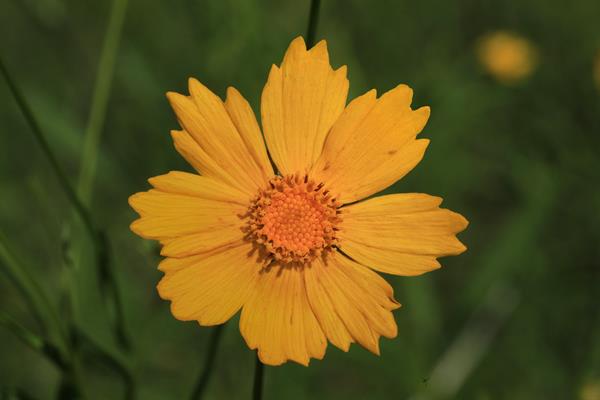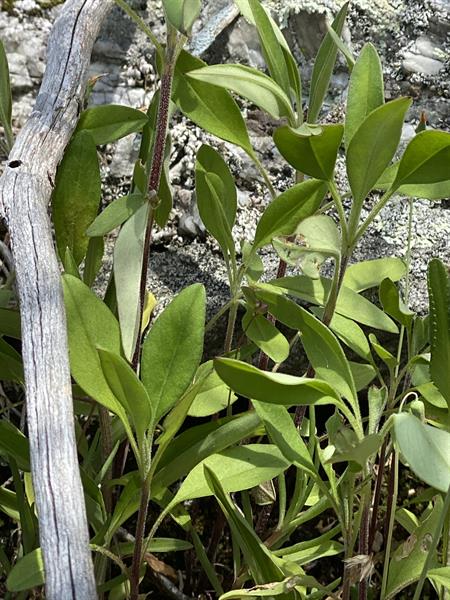
Origin/Endemic status: Endemic
Synonymy: = F, GW2, K1, K3, K4, Sherff & Alexander (1955), Smith (1976); < Coreopsis pubescens Elliott – Ar, C, FNA21, G, GrPl, Il, RAB, S, SE1, Va, W, WH3, WV
Wetland Indicator Status:
- Atlantic and Gulf Coastal Plain: FAC (taxonomic split from wetland indicator species)
- Eastern Mountains and Piedmont: FACU (taxonomic split from wetland indicator species)
- Great Plains: FACU (taxonomic split from wetland indicator species)
- Midwest: FACU (taxonomic split from wetland indicator species)
- Northcentral & Northeast: FACU (taxonomic split from wetland indicator species)
Heliophily: 7
Hover over a shape, letter, icon, or arrow on the map for definition or see the legend.
 © Alan M. Cressler | Original Image ⭷
© Alan M. Cressler | Original Image ⭷ © Alan Weakley source | Original Image ⭷
© Alan Weakley source | Original Image ⭷Feedback
See something wrong or missing on about Coreopsis pubescens var. pubescens? Let us know here: (Please include your name and email if at all complicated so we can clarify if needed.)
Cite as...